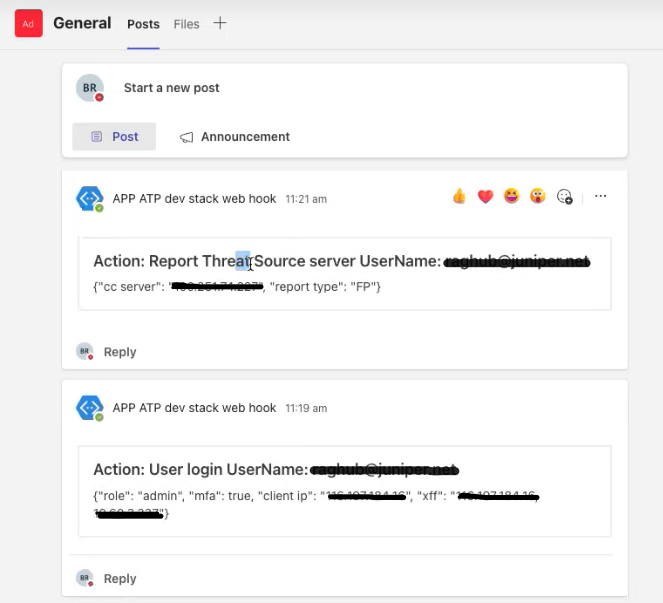- play_arrow Overview
- play_arrow Juniper Advanced Threat Prevention Cloud Overview
- play_arrow Juniper Advanced Threat Cloud Prevention Setup
-
- play_arrow Juniper ATP Cloud Web Portal
- play_arrow Juniper ATP Cloud Web Portal Overview
-
- play_arrow Enroll SRX Series Firewalls in Juniper ATP Cloud Web Portal
- play_arrow Enroll and Manage SRX Series Firewalls
-
- play_arrow Monitor Juniper ATP Cloud Features
- play_arrow Reports
- play_arrow Hosts
- play_arrow Identify Infected Hosts
- play_arrow Threat Sources
- play_arrow Identify Hosts Communicating with Command and Control Servers
- play_arrow IoT Device Discovery and Classification
- play_arrow Reverse Shell
- play_arrow Files
- play_arrow E-mails
- play_arrow Statistics
- play_arrow DNS
- play_arrow Encrypted Traffic Insights
-
- play_arrow Administration
- play_arrow Juniper ATP Cloud Administration
- Modify My Profile
- Create and Edit User Profiles
- Set Password
- Application Tokens Overview
- Create Application Tokens
- Multi-Factor Authentication Overview
- Configure Multi-Factor Authentication for Administrators
- Set Up Single Sign-on with SAML 2.0 Identity Provider
- Configure SSO Settings
- View Audit Logs
-
- play_arrow More Documentation
- play_arrow ATP Cloud Tech Library Page Links
-
Configure Webhook
Access the Audit Log Web Hook page from the Configure > Misc Configuration > Webhook menu.
A webhook is an automated message or real-time notification that your application receives from another application that triggers an event. It communicates data about the occurrence of an event in one system to another system. This communication of data happens over the web through a webhook URL.
You can use an audit log webhook to send Juniper ATP Cloud audit log notifications to a remote server. You can enable the webhook and configure the remote server URL to receive the audit log notifications in a chat application that can process JavaScript Object Notation (JSON) responses.
Configure your chat application to receive the audit log notifications. See Create Incoming Webhooks page for instructions to create a webhook.
Once configured, you will receive the audit log notifications in your chat application as shown in Figure 1.





















